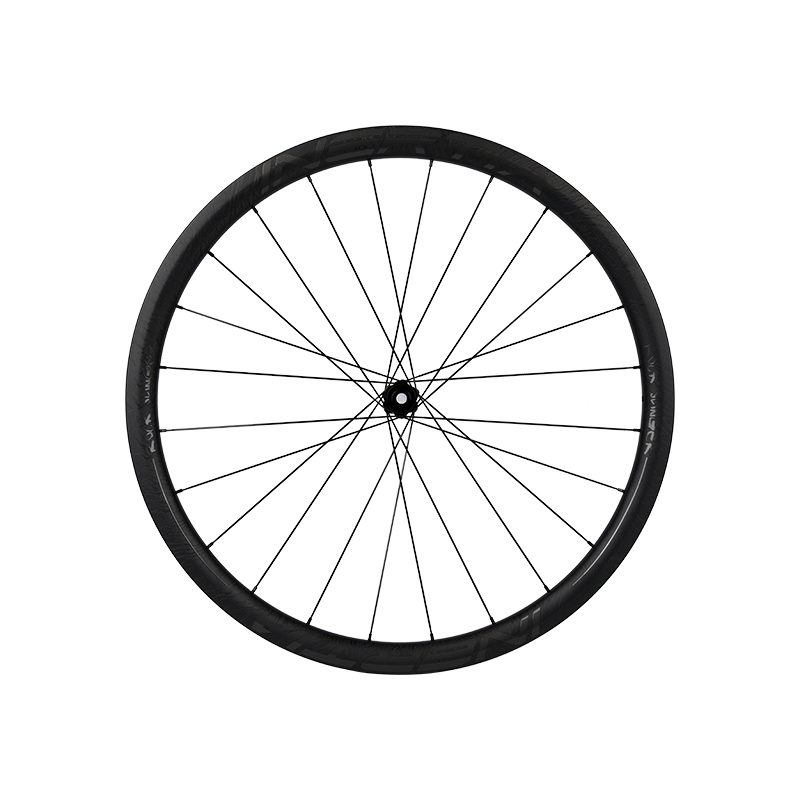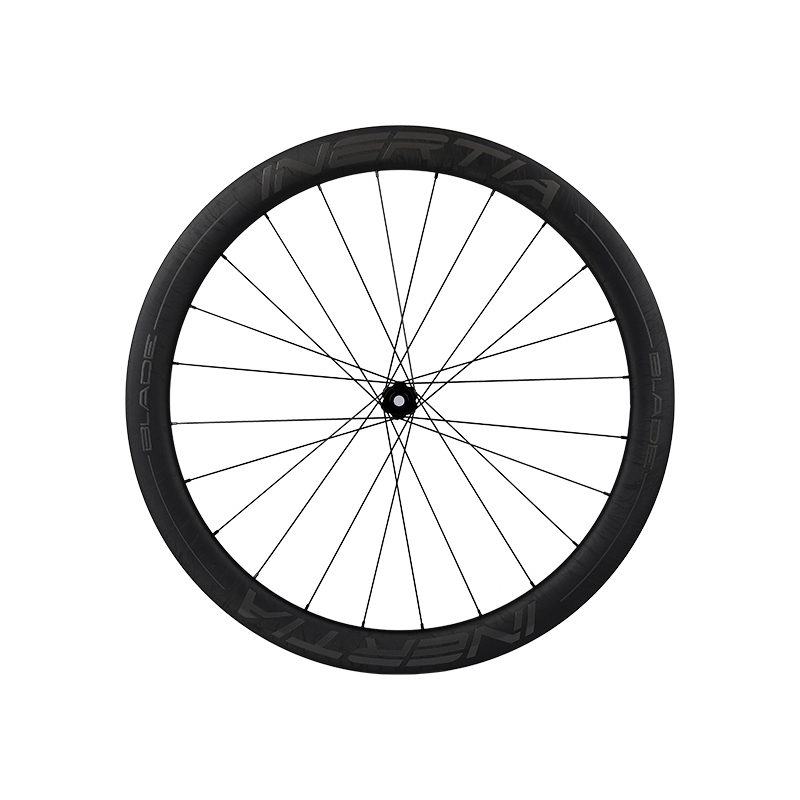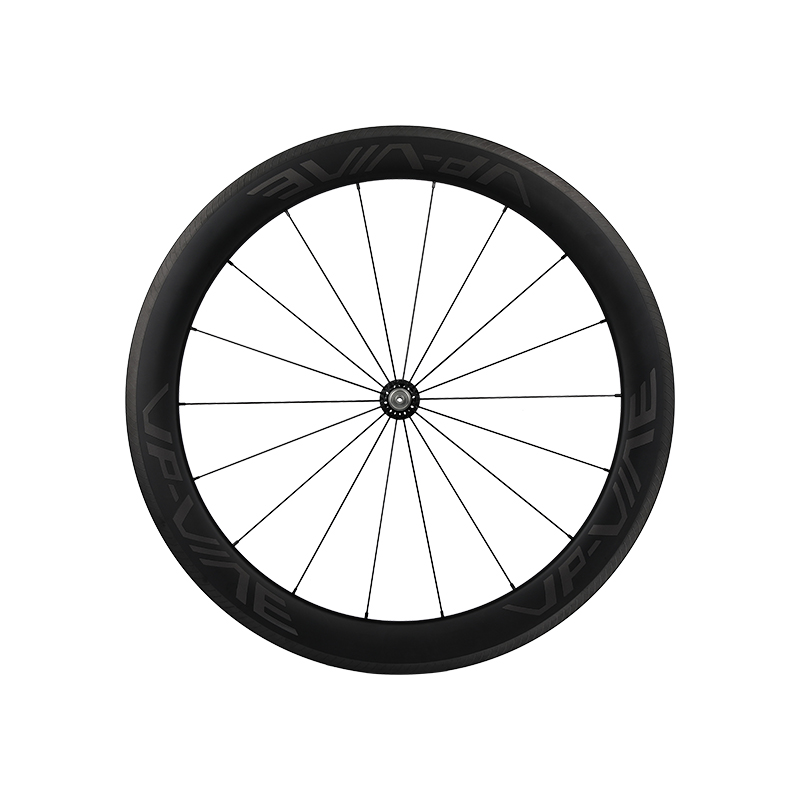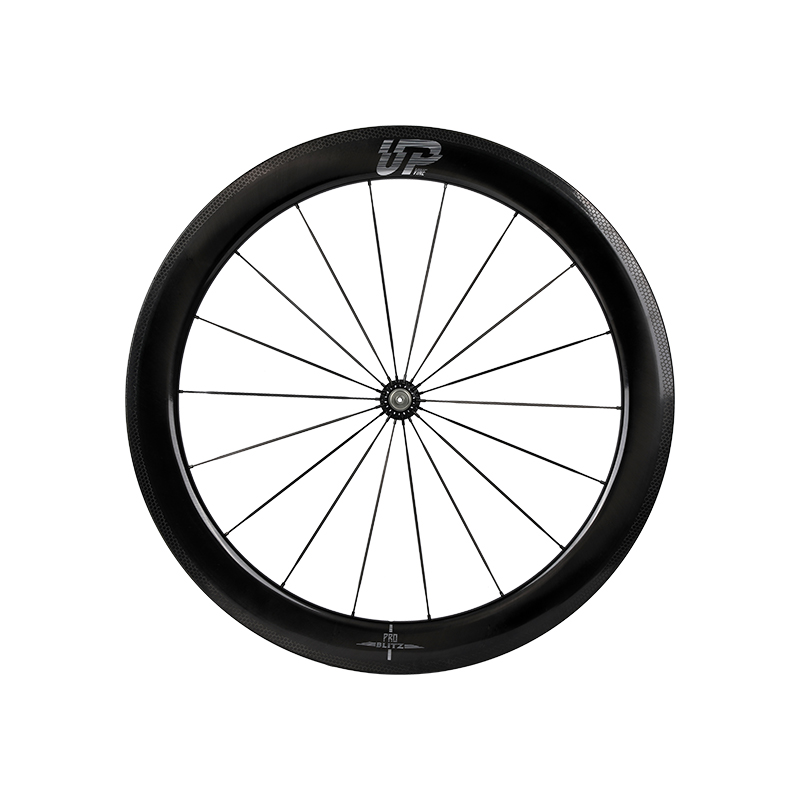Bicycle hubs are a critical component of a bike’s overall performance and cost, influencing both the functionality and the perceived value of the bicycle. Understanding how hubs contribute to the overall cost of a bike involves examining several interrelated factors, including design, materials, and technological advancements.
The design of a bicycle hub plays a significant role in its cost. Hubs are available in various configurations, such as standard, sealed, and through-axle designs, each catering to different cycling needs. For instance, high-performance bikes often feature hubs designed for reduced weight and improved aerodynamics, which can drive up the price. Additionally, specialized hubs, like those used in mountain bikes or e-bikes, require more advanced engineering to handle specific conditions and loads. These hubs may incorporate features such as adjustable bearing systems or integrated freehubs, further increasing their production costs. Consequently, the choice of hub type can dramatically influence the bike's retail price, making high-end models significantly more expensive than entry-level ones.
The materials used in hub construction also affect costs. Many manufacturers opt for lightweight aluminum or carbon composites to enhance performance, but these materials can be more costly than traditional steel. Moreover, hubs that use high-quality bearings, such as ceramic or sealed bearings, can enhance performance and longevity but also contribute to a higher price point. These materials and components not only impact manufacturing costs but also affect the maintenance requirements and overall lifespan of the hubs. As a result, consumers are often willing to invest more in hubs that promise greater durability and performance, directly influencing the bike's overall market value.

Technological advancements in Bicycle hubs have also led to increased costs. Innovations like electronic shifting systems and integrated hub motors in e-bikes require more sophisticated engineering and components, pushing prices higher. For instance, a high-quality freehub that allows for seamless shifting can add to the bike’s functionality but will also reflect in the overall cost. As cycling continues to evolve, especially with the rise of electric bikes and smart technology, the demand for more advanced hubs is likely to drive prices up further.
Bicycle hubs significantly contribute to the overall cost of a bike through their design, material choices, and technological advancements. A higher investment in quality hubs often correlates with better performance, longevity, and overall cycling experience, making them a crucial consideration for both manufacturers and consumers alike. As cyclists increasingly seek performance-oriented and durable bikes, the importance of high-quality hubs in determining a bicycle’s value cannot be overstated.



 Español
Español













